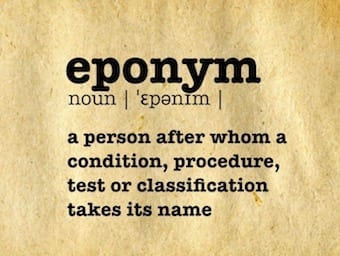
Infections in the Immunocompromised
immunosuppression is increasingly common in the ICU and in the community; due to conditions such as chemotherapy and stem cell transplantation for cancer, solid organ transplantation, and therapies for autoimmune and rheumatological diseases; such patients are susceptible to the common pathogens seen as well as opportunistic pathogens




